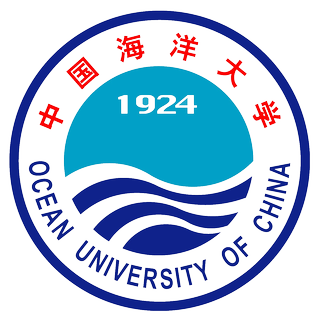A new article was published in the Bulletin of the American Meteorological Society that reviews the current knowledge on detection, attribution and projection of global and regional monsoons (South Asian, East Asian, Australian, South American, North American, and African) under climate change.
Science Highlights
Please have a look at the Guidelines for Science Highlights
The writing team of the decadal Indian Ocean Observing System review has recently published a research article on the BAMS titled ‘A roadmap to IndOOS-2: Better observations of the rapidly-warming Indian ocean’, by presenting the core findings from the IndOOS review.
A new framework for global ocean-sea-ice model simulations based on phase 2 of the Ocean Model Intercomparison Project (OMIP-2), was presented recently by CLIVAR Ocean Model Development Panel (OMDP) and other ocean model communities.
An assessment of the Indian Ocean mean state and seasonal cycle in a suite of interannual CORE-II global ocean–sea-ice model simulations is presented.
From 7-9 May 2019, 90 observational and modeling experts met in Boulder CO, USA to review and document progress, identify outstanding issues, and propose approaches for future integrated process studies in atmospheric convection and air-sea interactions over the tropical oceans, over a broad range of spatio-temporal scales.
The CLIVAR Science Steering Committee (SSG) coordinated the co-chairs of its panels and research foci to produce a white paper for OceanObs’19 entitled ‘Ocean Climate Observing Requirements in Support of Climate Research and Climate Information’, that has recently been published in Frontiers in Marine Science.
The major scientific and observational progress of the last decade and an assessment of key priorities for the coming decade with the goal of achieving the SOOS vision and delivering essential data to all end-users were presented in the paper jointly contributed by SOOS and SORP, in addition with other authors.
Because of the existing confusion about multiple perspectives on high-end scenarios, there needs to be a reconciliation of those perspectives by integrating the best scientific information and guidance to provide consensus on actionable science.
An article on 'A Sustained Ocean Observing System in the Indian Ocean for Climate Related Scientific Knowledge and Societal Needs' has recently been published on Frontiers in Marine Science, as one of the contribution to the 'OceanObs'19: An Ocean of Opportunity'.
Members from the CLIVAR Ocean Model Development Panel (OMDP) and collaborators summarized the new developments in ocean modeling since a similar OMDP review from 2010.
The El Niño-Southern Oscillation (ENSO) affects the rest of the world’s tropics by perturbing global atmosphere circulation, inducing anomalous Sea surface temperatures over the tropical Indian Ocean and Atlantic Ocean. The associated wind variations in the Indian Ocean and in the equatorial and north tropical Atlantic in turn contribute to ENSO dynamics. In addition, the tropical interbasin linkages vary on decadal time scales.
The scientific challenge is extreme due to the rich complexity of interactions and feedbacks between regional and global processes, each of which affects the global climate trajectory. Technical development, international coordination, and a close interaction between the science and stakeholder communities are also required.
The El Niño-Southern Oscillation (ENSO) is the most consequential climate phenomenon on Earth. However, a lack of inter-model consensus regarding the response of eastern Pacific sea surface temperatures means that the effect of global warming on the ENSO remains uncertain for decades.
The complicated communications between the BOB and the equatorial Indian Ocean through both ocean and atmospheric teleconnections are one of the most important aspects of the tropical Indian Ocean climate. By analyzing satellite observational data and ocean general circulation model experiments, this study investigates the key processes that determine the spatial distribution and seasonality of intraseasonal eddy kinetic energy (EKE) within the Bay of Bengal (BOB).
Figure: Changes in Southern Ocean temperature (left) and salinity (right) over 1950 to 2015 in observations (a, b) and CanESM2 sub-sampled to the observed coverage (c, d), and CanESM2 with full coverage (e, f).




























